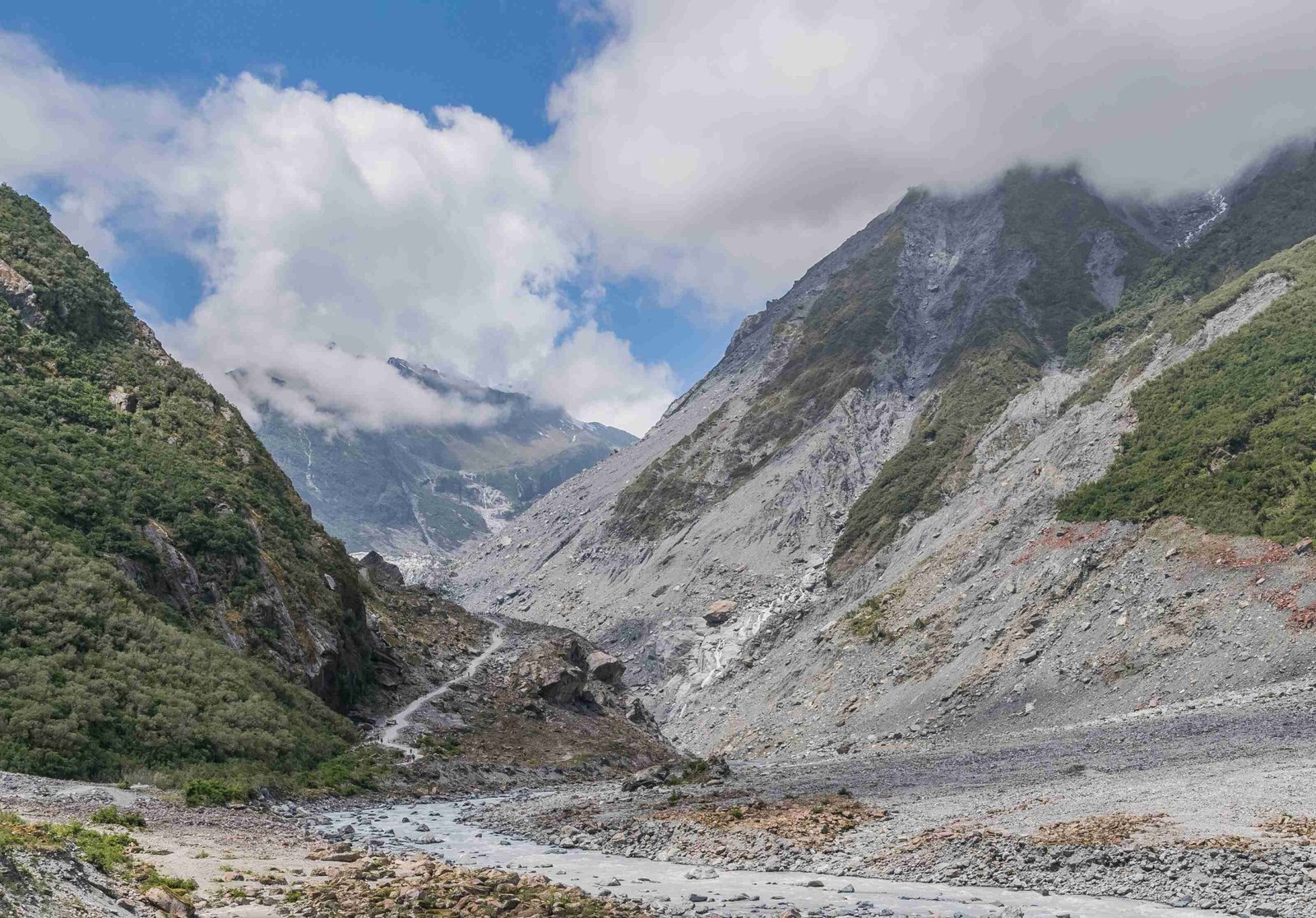Glacier National Park is renowned for its stunning landscapes and diverse wildlife, including a significant bear population. While the idea of joining a bear for lunch might sound intriguing, it’s crucial to understand that such close encounters are dangerous and strictly prohibited. This guide explores safe ways to enjoy picnics in bear country, emphasizing the importance of wildlife conservation and visitor safety in Glacier National Park.
What Are the Best Picnic Spots in Glacier National Park?

Glacier National Park offers numerous scenic locations for picnicking, each providing unique views and experiences. Here are some popular spots:
- Lake McDonald Shore
- Apgar Village
- Two Medicine Lake
- Many Glacier area
- St. Mary Lake
These locations offer stunning backdrops for your meal, but remember to always follow bear safety guidelines.
How Can You Safely Enjoy a Picnic in Bear Country?

When picnicking in Glacier National Park, follow these essential safety tips:
- Store food properly in bear-resistant containers or vehicles
- Keep a clean picnic area and pack out all trash
- Make noise to alert bears of your presence
- Carry bear spray and know how to use it
- Stay in groups and remain vigilant
What Should You Do If You Encounter a Bear During Your Picnic?
If you encounter a bear while picnicking:
- Remain calm and assess the situation
- Slowly back away while facing the bear
- Speak in a low, calm voice
- Do not run or play dead
- Use bear spray if the bear approaches aggressively
Why Is It Important to Maintain Distance from Bears?
Maintaining a safe distance from bears is crucial for several reasons:
- Protects both humans and bears from potential harm
- Prevents bears from becoming habituated to human presence
- Preserves the natural behavior of wildlife
- Complies with park regulations and wildlife protection laws
The National Park Service recommends staying at least 100 yards away from bears at all times.
What Are the Consequences of Feeding Bears in Glacier National Park?
Feeding bears, intentionally or unintentionally, can have severe consequences:
| Consequence | Impact on Bears | Impact on Humans |
|---|---|---|
| Habituation | Bears lose fear of humans | Increased risk of aggressive encounters |
| Nutritional Issues | Reliance on human food affects health | Potential closure of picnic areas |
| Behavioral Changes | Natural foraging patterns disrupted | More frequent bear sightings in populated areas |
| Legal Ramifications | – | Fines and potential park bans for visitors |
How Does Glacier National Park Manage Bear-Human Interactions?
Glacier National Park employs various strategies to manage bear-human interactions:
-
Education Programs: Visitors are educated about bear safety through signage, ranger talks, and informational materials.
-
Bear Management Team: A dedicated team monitors bear activity and responds to potential conflicts.
-
Food Storage Regulations: Strict rules are enforced regarding proper food storage in campgrounds and picnic areas.
-
Trail Closures: Temporary closures may be implemented in areas of high bear activity.
-
Research and Monitoring: Ongoing studies help park officials understand bear behavior and movement patterns.
What Alternative Wildlife Viewing Opportunities Exist in Glacier National Park?
Instead of attempting to join a bear for lunch, consider these safer wildlife viewing opportunities:
- Guided wildlife tours with experienced naturalists
- Visiting designated wildlife viewing areas
- Participating in ranger-led programs focused on wildlife
- Using spotting scopes or binoculars from safe distances
- Exploring the park’s visitor centers for educational exhibits on local wildlife
How Can Visitors Contribute to Bear Conservation in Glacier National Park?
Visitors can play a crucial role in bear conservation efforts:
- Follow all park regulations and guidelines
- Report bear sightings to park rangers
- Participate in citizen science programs
- Support conservation organizations working in the park
- Educate others about responsible wildlife viewing
What Are Some Common Misconceptions About Bears in Glacier National Park?
Let’s debunk some common misconceptions about bears in the park:
Myth: Bears are always aggressive towards humans.
Reality: Bears generally avoid human contact unless provoked or habituated.
Myth: Playing dead always works during a bear encounter.
Reality: Playing dead is only recommended in specific situations with grizzly bears.
Myth: Bears are attracted to menstrual odors.
Reality: There’s no scientific evidence supporting this claim.
Myth: Bear bells are effective for deterring bears.
Reality: Human voice and clapping are more effective in alerting bears to your presence.
How Has Climate Change Affected Bear Behavior in Glacier National Park?
Climate change has impacted bear behavior in several ways:
- Altered hibernation patterns due to warmer temperatures
- Changes in food availability and distribution
- Increased human-bear interactions as bears seek new food sources
- Potential shifts in bear population dynamics and range
Park officials continue to study these impacts to adapt management strategies accordingly.
What Resources Are Available for Learning More About Bear Safety in Glacier National Park?
For those interested in learning more about bear safety, Glacier National Park offers various resources:
- Ranger-led programs on wildlife safety
- Educational displays at visitor centers
- Online resources on the park’s official website
- Brochures and guidebooks available at park entrances
- Bear safety workshops during peak season
Remember, while the idea of joining a bear for lunch in Glacier National Park might seem exciting, it’s crucial to prioritize safety and conservation. By following park guidelines and respecting wildlife, visitors can enjoy a memorable and safe experience in this magnificent wilderness.